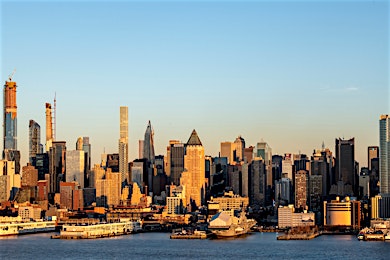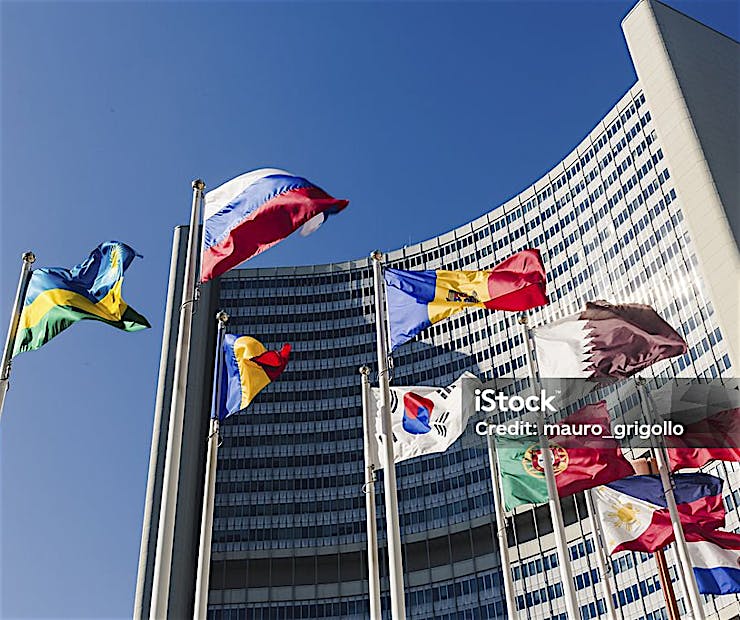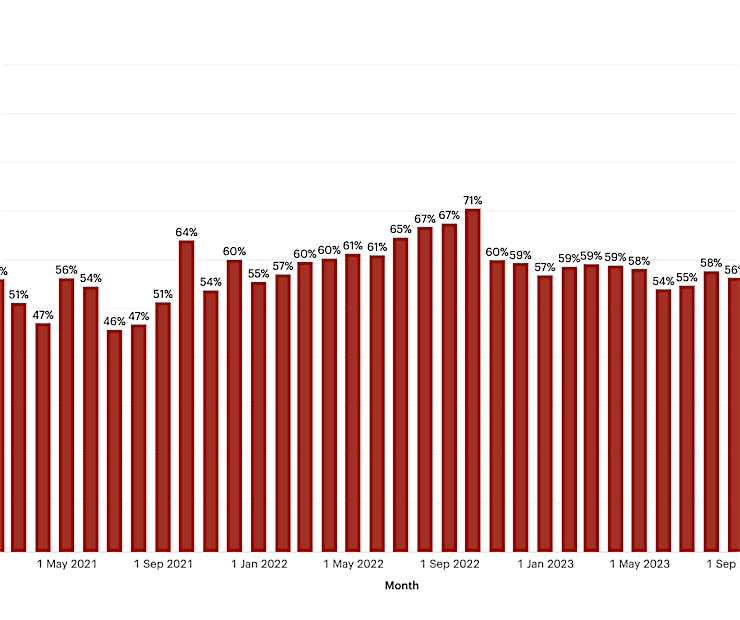Organizing a conference in the vibrant and bustling city of New York requires careful planning and attention to detail, especially when it comes to selecting the perfect meeting space. With so many options available, finding the ideal venue can seem like a daunting task. In this comprehensive guide, we'll walk you through the process of renting a conference space in New York City, covering everything from researching venues to pricing, seating arrangements, and more.
1. Researching Conference Venues in New York City
Before diving into the rental process, it's important to conduct thorough research to identify potential conference spaces that meet your needs and preferences. Use specialized event planning websites such as HeadBox to explore available options in various neighborhoods throughout New York City. Consider factors such as location, capacity, amenities, and reviews from previous clients to narrow down your choices.
2. Check meeting space availability:
Once you've compiled a list of potential conference venues through HeadBox, contact each venue to inquire about availability for your desired date(s) and time(s). You'll also need to provide details such as the date, duration, estimated number of attendees, and any special requirements or preferences you may have for your conference.
3. Pricing and rental packages:
The price of renting a meeting space in New York City can vary significantly depending on factors such as the size of the venue, the day of the week, the duration of the event, and any additional services or amenities included in the rental package. Some venues offer customizable packages that may include catering, audiovisual equipment, Wi-Fi access, and event staffing, while others may charge a flat rental fee and allow you to bring in outside vendors. Request detailed pricing information from each venue you're considering to compare costs and make an informed decision.
4. Seating arrangement and layout:
When planning your meeting, consider seating arrangement and layout to optimize space and facilitate attendee engagement. Depending on the nature of your event and the size of the venue, you may choose theater-style seating for presentations and keynote speeches, classroom-style seating for workshops and training sessions, or banquet-style seating for networking lunches or dinners. Work with the venue's event coordinator to create a seating plan that maximizes comfort and accessibility for your attendees while accommodating any special needs or preferences.
5. Amenities and Additional Services:
In addition to the basic meeting room rental, consider the amenities and additional services each venue offers to enhance the overall experience for your attendees. Common amenities include audiovisual equipment (e.g., projectors, screens, microphones), Wi-Fi access, on-site catering options, breakout rooms for small group discussions, and event staffing (e.g., registration desk attendants, technical support). Evaluate your needs and priorities to determine which amenities are essential for your meeting and inquire about their availability and pricing.
6. Event Day Logistics and Coordination:
Plan and coordinate the logistics of your conference day to ensure a smooth and seamless experience for attendees, speakers, and staff. Develop a detailed timeline and schedule of events, including set-up and tear-down times, registration procedures, speaker presentations, networking breaks, and meal service. Assign roles and responsibilities to your event team or volunteers, and conduct pre-event briefings to ensure everyone understands their roles and expectations. Anticipate potential challenges or contingencies and have a plan in place to address them quickly and effectively on the day of the event.
7. Accessibility and logistics:
Accessibility is an important consideration when selecting a meeting space in New York City to ensure that all attendees can fully participate in the event. Choose a venue that is easily accessible by public transportation and offers amenities such as wheelchair ramps, elevators, and accessible restrooms. Consider logistical factors such as parking for attendees who may drive to the event, proximity to hotels and accommodations for out-of-town guests, and nearby attractions or amenities for networking opportunities and recreational activities.
8. Finalize the rental agreement:
Once you've selected a meeting space and finalized the details of your event, it's time to formalize the rental agreement. Review the contract carefully to ensure that all terms and conditions are clearly outlined, including the rental fee, deposit requirements, cancellation policy, insurance coverage, and any additional fees or charges. If necessary, negotiate any changes or additions to the contract with the venue's event coordinator to meet your specific needs and preferences.
Renting meeting space in New York City is an exciting opportunity to create a successful and memorable event that meets the needs and expectations of your attendees. By conducting thorough research, communicating effectively with venue representatives, and paying attention to details such as pricing, seating arrangements, and amenities, you can ensure that your conference is a resounding success. So roll out the red carpet and get ready to wow your guests at one of the many exceptional meeting venues New York City has to offer!

































